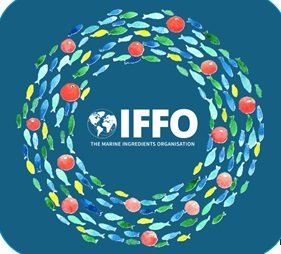The future of salmon farming is a pressing topic of discussion in major production regions, as the industry grapples with challenges posed by climate change, rising costs, and regulatory uncertainty. Key developments include:
- Norway, accounting for 40% of the world’s production, where the government has introduced a salmon tax on producers, urged stronger measures against rising sea lice and string jellyfish issues driven by warming waters, and set ambitious 2034 targets for sourcing homegrown feed ingredients in its aquaculture feed.
- Chile, the world’s second-largest producer of salmon, and Canada, where public opposition and regulatory uncertainty are strong.
- Scotland and Iceland, which saw record-high mortality rates in 2023, partly due to increasing sea temperatures.
- Australia and New Zealand, pioneers in climate contingency planning due to their history of farming salmon in warmer waters, are grappling with heatwaves causing mass mortality events.
The role of marine ingredients
The salmon industry remains a significant consumer of fishmeal and fish oil, using approximately 600,000 metric tons of fishmeal and 300,000 metric tons of fish oil annually in Europe and Chile alone. Globally, aquaculture consumes 74% of fish oil production, with salmon aquaculture accounting for 44%. These marine ingredients are crucial for supporting fish health, especially as high-water temperatures exacerbate stress and disease.
“Non-essential metabolites in marine ingredients play a critical role in feeds for carnivorous and marine species,” noted Dr. Antony Prabhu at the IFFO Conference in October. He highlighted the growing need to support fish immunity under increasingly challenging conditions, including efforts to farm salmon in land-based systems and other regions. With 62.8 million salmon lost at sea in 2023 (16.7% of total production), primarily due to disease, wounds, and osmoregulatory dysfunction, Dr. Prabhu underscored the importance of addressing fish welfare holistically.
Nutritional insights
Osmolytes are just one part of the solution. Evidence continues to highlight the critical role of feed composition in bolstering fish health. For instance, a 2019 Nofima study found that adequate omega-3 and zinc levels in salmon feed strengthened skin integrity, with positive effects on intestinal and gill health. These findings reinforce the need for science-driven innovations in feed formulation to address the sector's growing challenges.
 As 2025 has just begun, sharing scientific knowledge will remain essential for fostering a deeper understanding of global food systems. We wish all our readers, members and wider stakeholders a happy new year.
As 2025 has just begun, sharing scientific knowledge will remain essential for fostering a deeper understanding of global food systems. We wish all our readers, members and wider stakeholders a happy new year.








